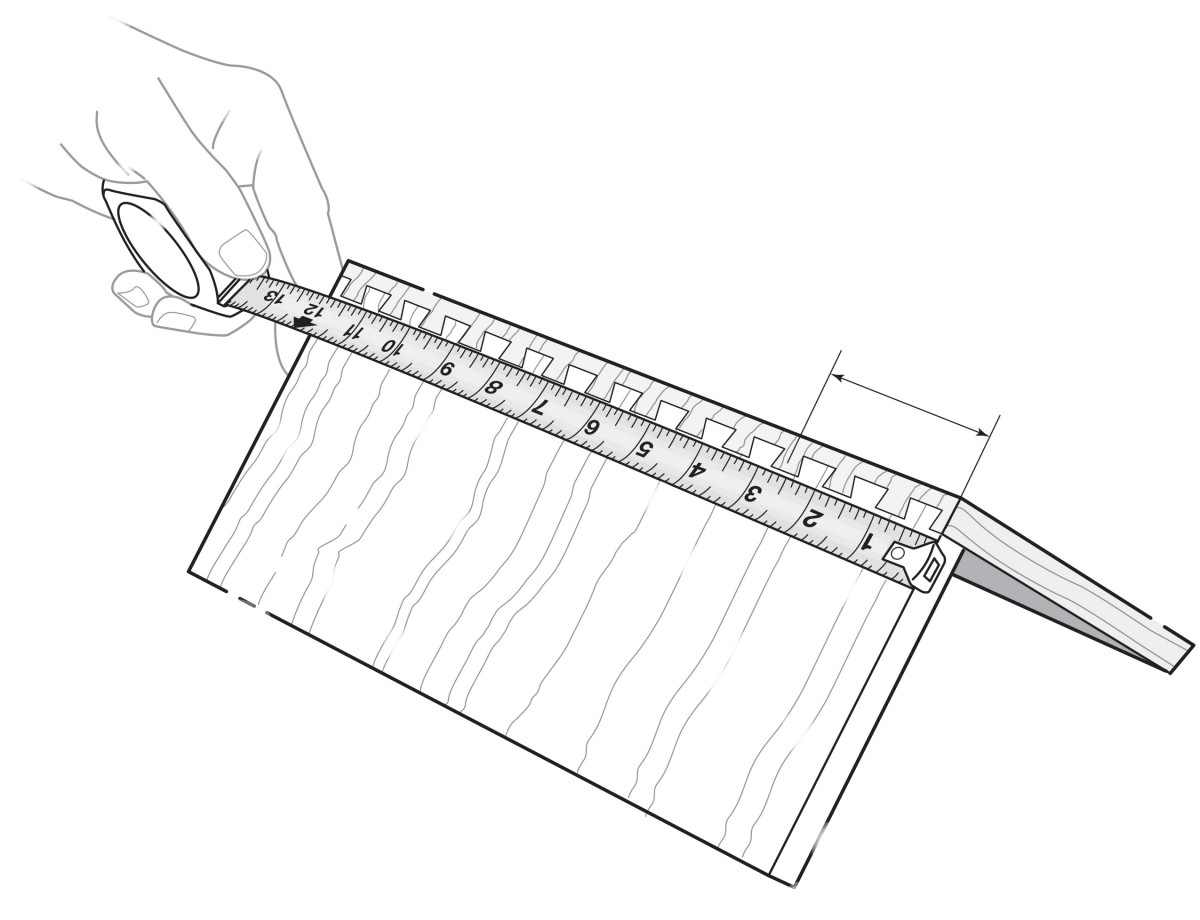We may receive a commission when you use our affiliate links. However, this does not impact our recommendations.

Use full-width sample joint to lay out drawer opening, terminating drawer at half-pins
Like many woodworkers, I own a basic half-blind dovetail jig, which I use only occasionally for making utility drawers. During the interim, I tend to forget the setup procedures and spacing required to create those elusive “perfect” dovetails. To help refresh my aging memory, I made up a full-width sample joint that I can refer to when determining drawer-box heights.
When using a jig like this with a fixed-finger template, it’s best to design your drawer openings based on the jig’s tail spacing. Ideally, a joint should begin and end with half pins for aesthetics and strength. The sample joint quickly offers up my spacing options so I can design my drawer heights to suit. I also use it to determine where to set my table saw fence for plowing the drawer-bottom grooves. As another benefit, it’s a convenient sales tool for educating my customers in the various methods of drawer joinery. — Craig Bentzley
Here are some supplies and tools we find essential in our everyday work around the shop. We may receive a commission from sales referred by our links; however, we have carefully selected these products for their usefulness and quality.








